
Consolidated News Photos via Shutterstock
At this point, the Grand Old Party is just throwing things out there and hoping to make something stick.
On Monday, while on a campaign stop in Springfield, Ohio, Republican vice presidential nominee JD Vance made a baseless claim that Haitian immigrants were kidnapping and eating dogs in the state. A day later, during the presidential debate, Donald Trump repeated the unfounded claims despite Ohio officials denying the accusations.
As a proud daughter and granddaughter of Haitian immigrants, I'm frustrated to witness Haitians yet again being used as a political ploy. Whether it's being referred to as a "shithole" country or being rounded up like cattle at the U.S.-Mexican border, Haiti, Haitians, and its diaspora have always been punished for simply existing.
In the words of the 19th-century abolitionist Frederick Douglass, "Haiti is black…And we have not yet forgiven Haiti for being black or forgiven the Almighty for making her black."
Yet, Haiti's story is one of resilience.
This is reflected not only in Haitians' sheer capacity and capabilities but also in our cuisine. Food is at the heart of our culture, woven into the fabric of our identity, and part of our revolutionary history.
No, we don't eat pets, but JD Vance and others like him could learn more about Haitians through our dishes.
Soup Joumou

Shutterstock Creative
Soup joumou is Haiti's most famous dish. A mixture of squash, beef, potatoes, and vegetables, it became the first dish consumed by former slaves when Haiti formally declared independence on January 1, 1804. In honor of that historical moment, it continues to be made every New Year's Day, and In December 2021, UNESCO protected the dish with cultural status. While slurping, Vance learns the history of tragedy turning into triumph and how a group of former slaves birthed a small but proud nation.
Griyo
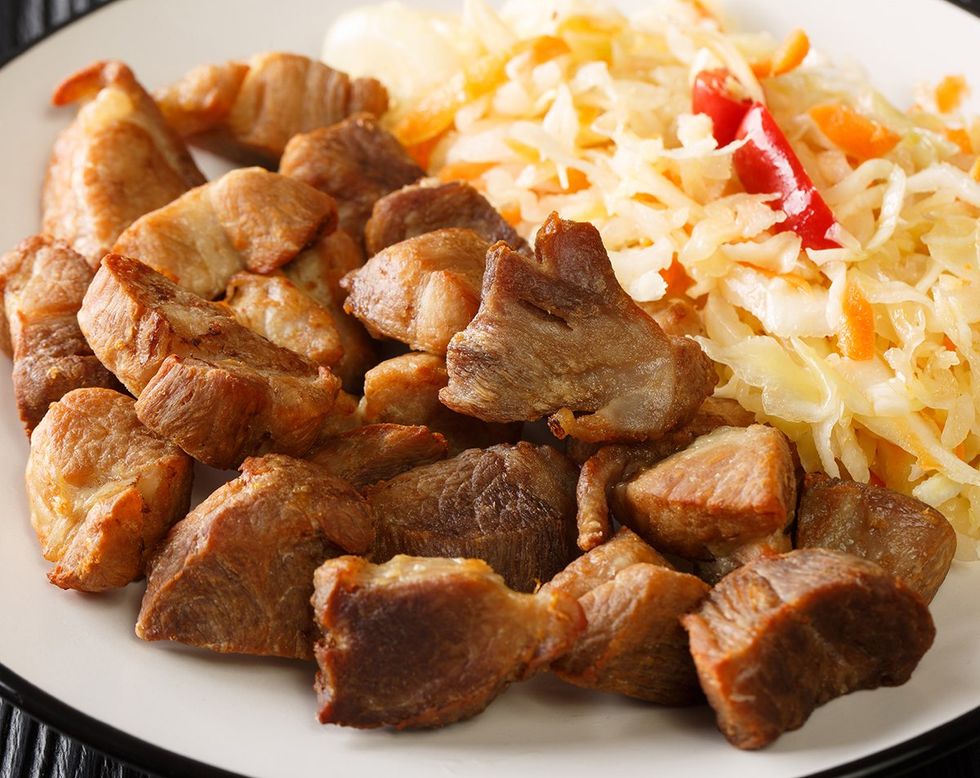
Shutterstock Creative
I drool when there's a plate of this served! Griyo is pork marinated in citrus, braised, and fried crisp to perfection. Vance could stop the smearing and pick up a side of pikliz or pickled spicy cabbage. Savoring every bite, Vance and other bigots can learn how the Chasseurs-Volontaires de Saint-Domingue, a regiment of freed Black and mixed Haitians, took part in the American Revolution at the Siege of Savannah.
Diri djon djon
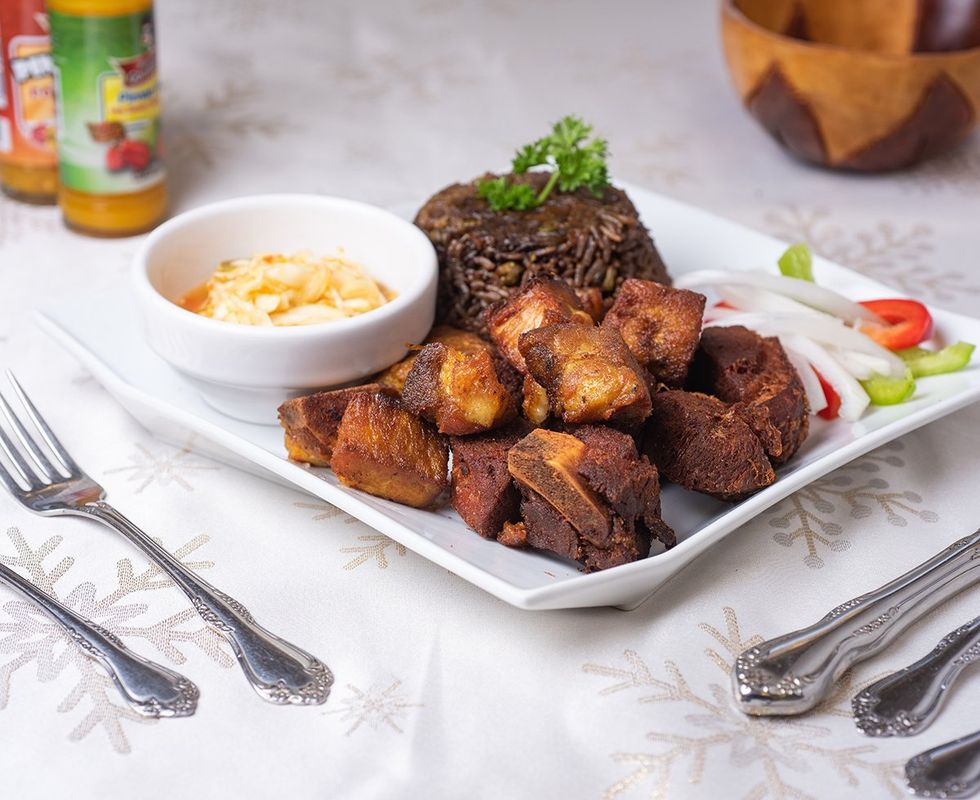
Shutterstock Creative
Another popular dish—and the only one I can make well—is black mushroom rice, which originated in the northern region of Haiti. It gets its name from an edible mushroom soaked or boiled to release a black or grayish hue, adding in rice, spices, and any meat or vegetables! Occasionally paired with griyo and pikliz, or enjoyed on its own, Vance and his compatriots could learn how this regional dish from Northern Haiti is also home to some of Haiti's iconic landmarks, the ruined Sans-Souci Palace and the towering Citadelle Laferrière.
Sos pwa
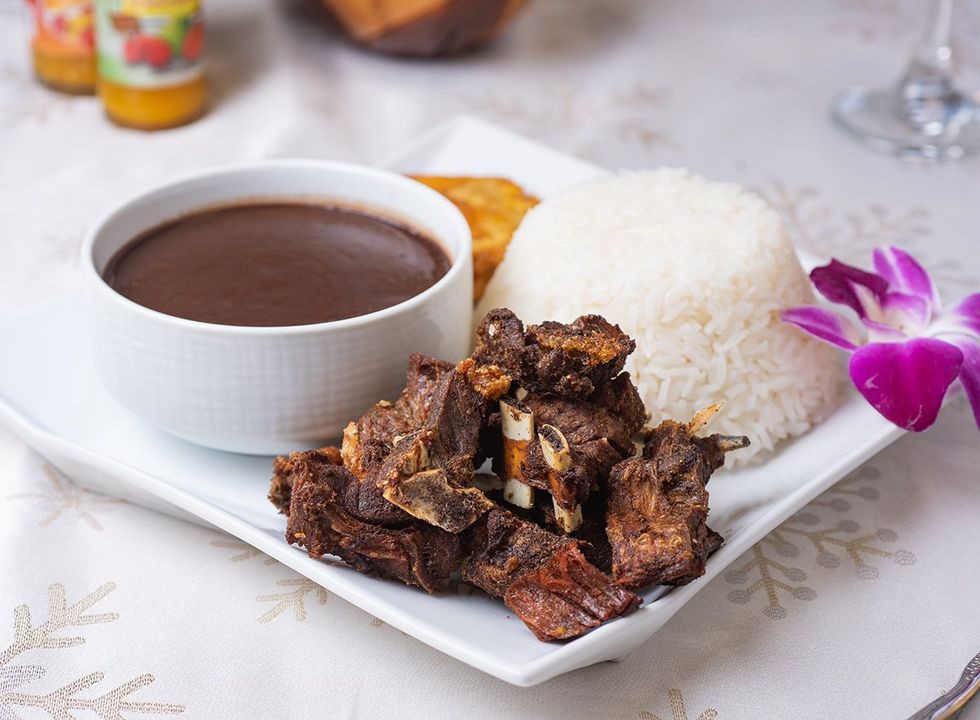
Shutterstock Creative
A "simple" dish, if that's ever the right word for Haitian cuisine, bean sauce is a cozy dish served year-round, though I enjoy it in the autumn. Made with any bean of choice. Instead of repeatedly putting his foot in his mouth, Vance could enjoy this dish, typically served over a piping plate of white rice. While enjoying it, he can learn how the United States owes a debt of gratitude to Haiti; the Louisiana Purchase doubled the country's size and halted Napoleon's ambition in the Western Hemisphere after France lost the resource-rich Haiti.
Makawoni au Graten
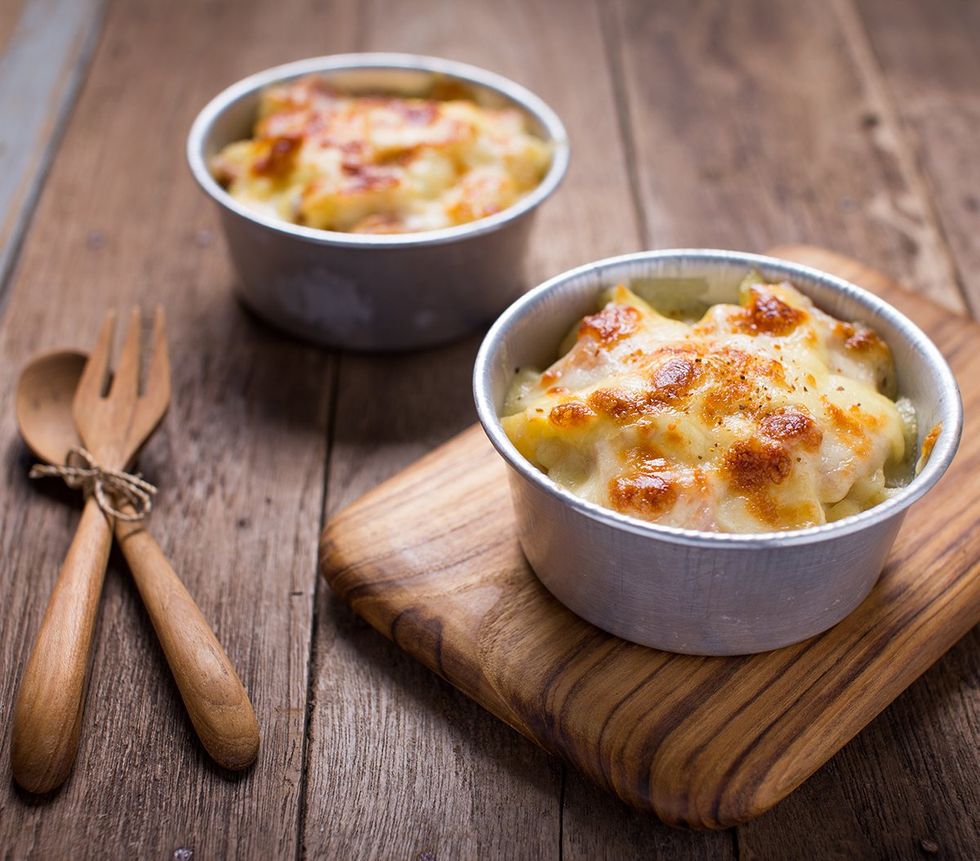
Shutterstock Creative
Haitian mac and cheese is the best, though I tip my (Scotch) bonnet to the Southern U.S. version. Usually made in bulk for parties and holidays, Haitian mac and cheese sources larger noodles and many seasonings and cheeses, baked until you get that delicious cheesy crust. Perhaps taken a bite into this dish instead of building lies, folks could learn some of Haitian-American changemakers.: from academics (Claudine Gay) to actors (Garcelle Beauvais), broadcasting (Vladimir Duthiers) to the government (Karine Jean-Pierre).
Lambi
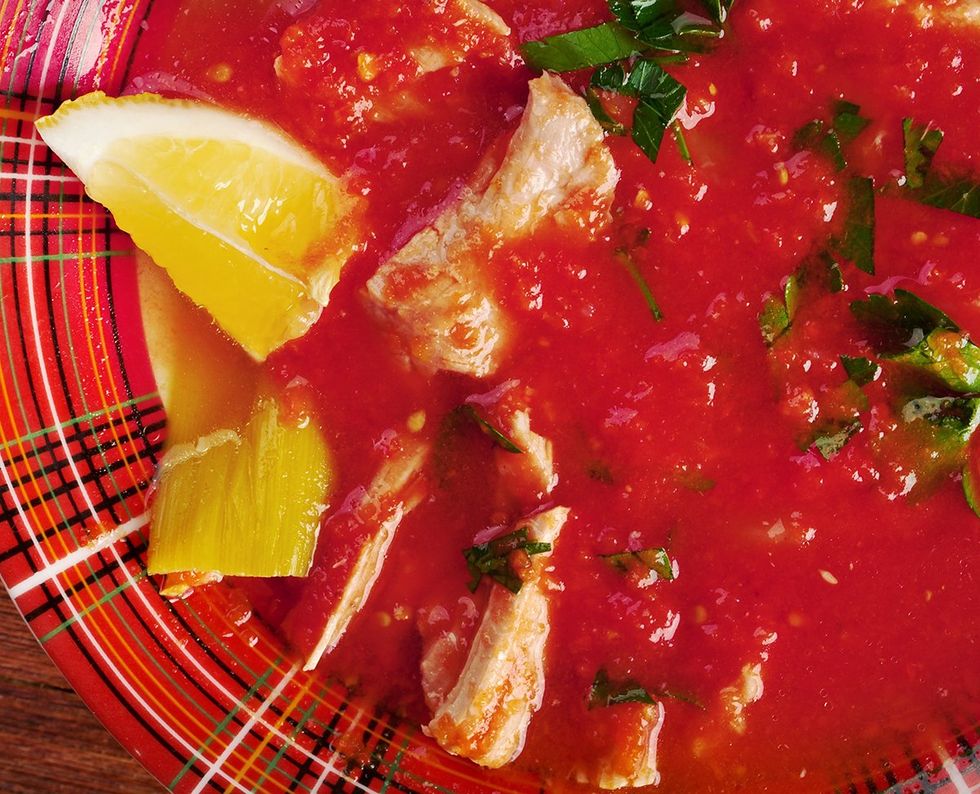
Shutterstock Creative
It takes a long time to cook, but it's so worth it! Conch stew is a spicy blend of spices, onion, garlic, and herbs. You will enjoy this dish with fried plantain (bannann) and rice. Vance could sit and enjoy a healthy scoop while reading the papers of Frederick Douglass, who served as de facto ambassador to the island, on his thoughts during his stay.
Kafe
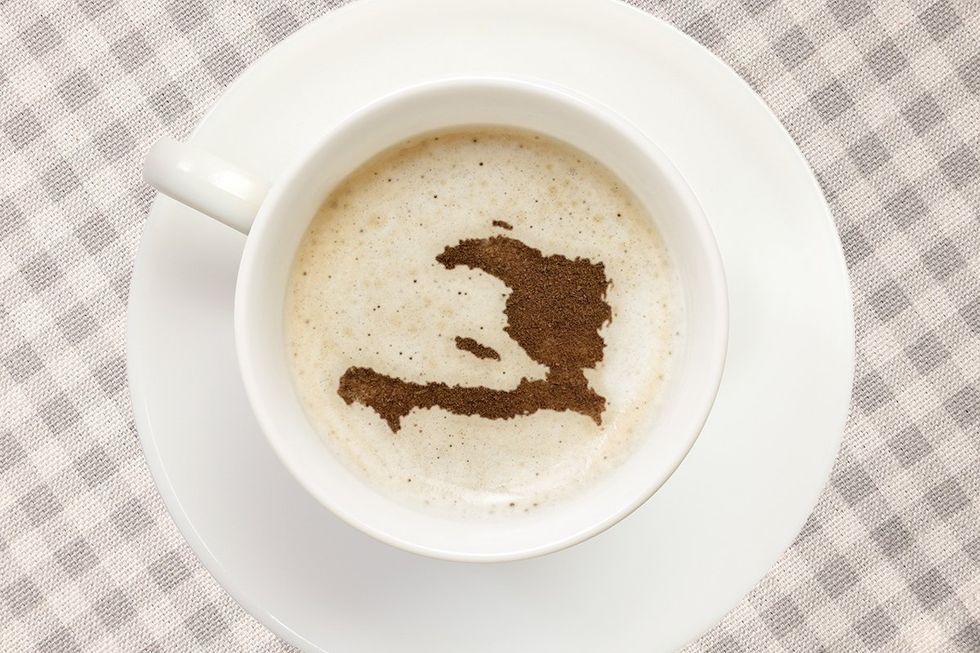
Shutterstock Creative
Haitian coffee is in a class of its own! Grown in the northern mountains of Haiti, the coffee exposes a variety of flavors depending on the roast, from the light roast with its hints of almonds and walnuts to the chocolate notes from its dark roast. I prefer to dip my buttered toast as part of my breakfast or occasionally enjoy an afternoon drink with sweet treats. Taking a break from scapegoating, Vance could sip and ponder on how Haiti's independence was met with fear, as the U.S. refused to recognize the second-oldest country in the Americas and placing damaging trade embargoes after 1804.
The economic, political, and sociocultural domino effects are still felt today.
Dous makòs
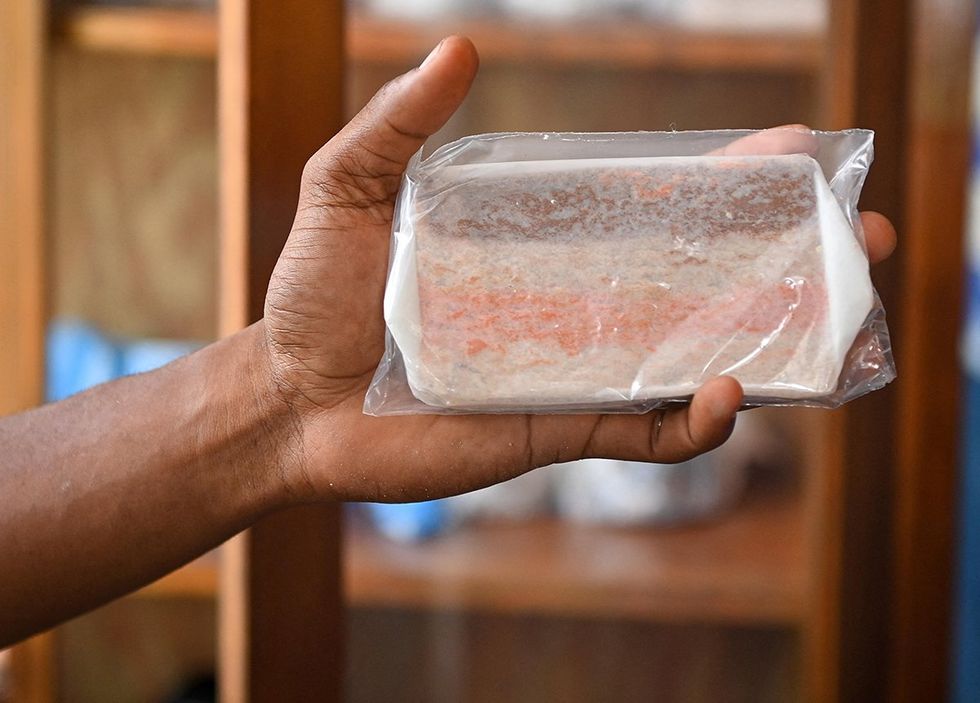
RICHARD PIERRIN/AFP via Getty Images
For our sweet-toothed lovers, this Haitian fudge originated in the Southern coastal city of Petit-Goâve. Its signature three stripes are made by layering vanilla, chocolate, and red food coloring. It's delicious! A sweet treat for kids and adults alike, J.D. and his far-right compatriots could snack on this treat while remembering how Haiti received recognition from France only after agreeing to give reparations to the former slaveowners.
It took a little over a century for that debt to be paid, much to economic and agricultural burden to the islanders.
Kenèp
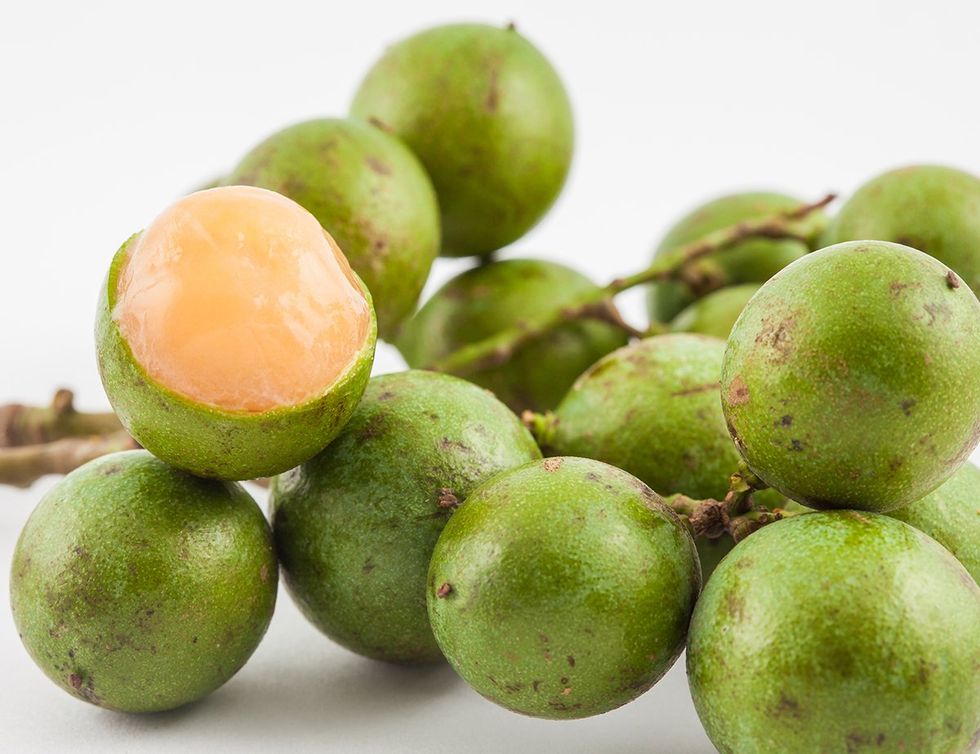
Shutterstock Creative
Keneps are a delicious Haitian fruit that may remind some of lychee. I remember my grandmother bringing these from her latest trip to the market, sitting on her grass and enjoying the sweetness and tartness. Vance could enjoy the same tastes while wondering why the U.S. would give full support to the dictatorial Duvalier regime that brutalized the population and forced a "brain drain" of Haitian intellectuals to the U.S. and Europe.
Espageti ayisyen

JEWEL SAMAD/AFP via Getty Images
Haitian spaghetti may surprise many unfamiliar with Haitian cuisine. It's made by sauteeing onions and peppers before adding ketchup and epis (a blend of spicy and sweet peppers). Various versions of the dish range from adding andouille sausage to hot dogs. If you're wondering how this Italian-American dish entered the culinary tastes of a Caribbean nation, spaghetti was introduced during the U.S. occupation of Haiti from 1915 to 1934. Vance could enjoy a plate while pondering the economic, political, and sociocultural impact Haitians have endured since independence, mostly at the hands of foreigners.
It's almost poetic that a dish introduced by occupiers is given a Caribbean flair. Even in the midst of pain, we Haitians always know where to find and create joy through cooking and sharing food.
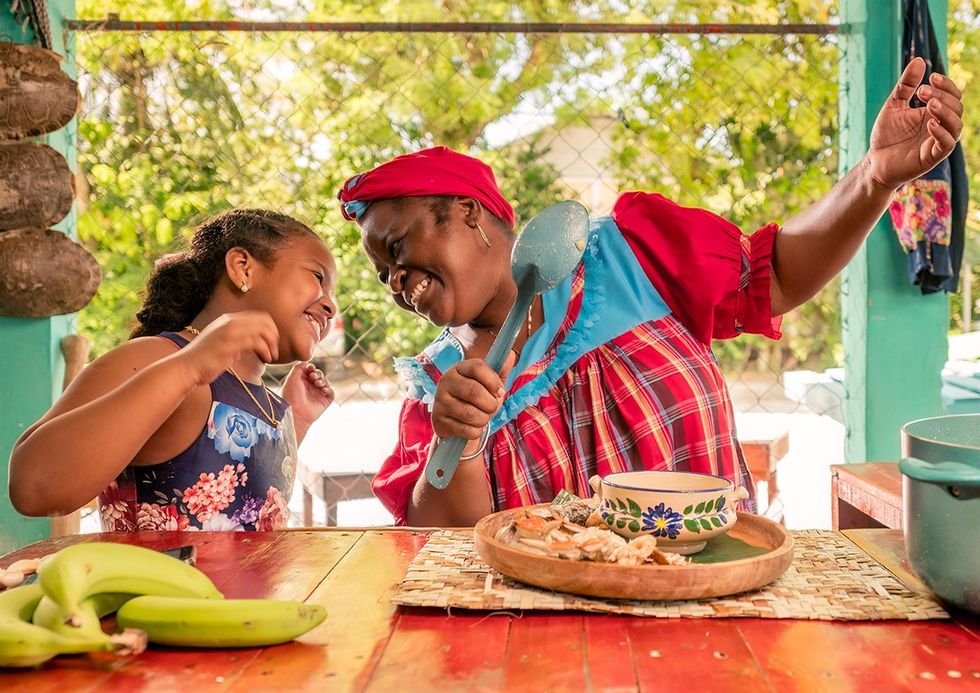
Shutterstock Creative
If J.D. Vance and others could put down their fearmongering and pick up a fork, they could learn more about this history while savoring some of our best dishes.
And, hopefully, develop a taste for understanding and tolerance.
Marie-Adélina de la Ferrière is the Community Editor at equalpride, publisher of The Advocate.
Voices is dedicated to featuring a wide range of inspiring personal stories and impactful opinions from the LGBTQ+ community and its allies. Visit advocate.com/submit to learn more about submission guidelines. We welcome your thoughts and feedback on any of our stories. Email us at voices@equalpride.com. Views expressed in Voices stories are those of the guest writers, columnists and editors, and do not directly represent the views of The Advocate or our parent company, equalpride.












